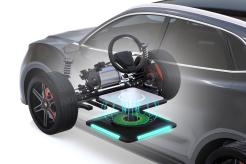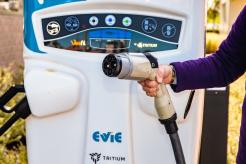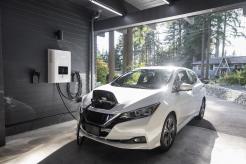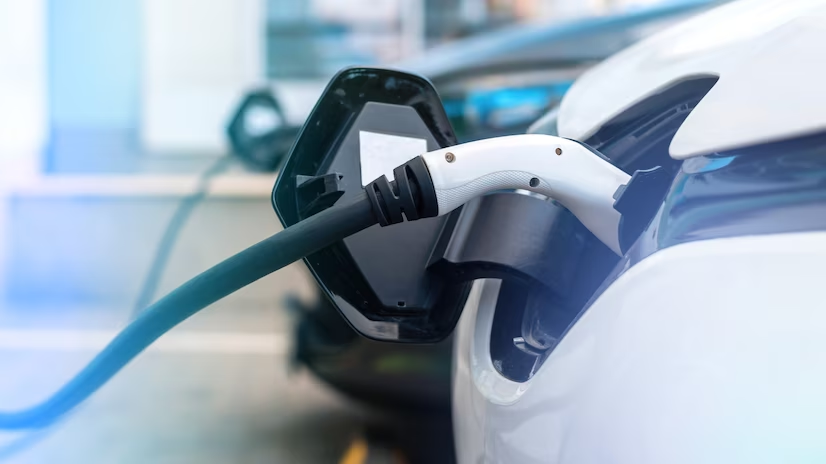
Image via Freepik
2023 has brought a wealth of developments throughout the electric vehicle charging industry. Discover the top seven 2024 EV charging trends that will likely impact the coming year. Stay ahead of the game with this easy-to-share list.
1. More Miles per Charge

Image via Peter Fazekas
Last year, we reported that 2023 would ring in more range for electric vehicle owners, giving them cause to spread the word about the EV revolution. That prediction came true, with the Tesla Model S and Lucid Air yielding ranges over 400 miles per charge.
The 2024 lineup has two more vehicles joining the 400-mile-plus club. Surprisingly, both vehicles are pickup trucks, with Chevy’s 2024 Silverado’s impressive 450-mile range and Rivian’s R1T just squeaking in with a 400-mile range.
2. The Number of New EV Owners Will Likely Rise
Former diesel- and gas-powered drivers are switching to electric vehicles in big numbers. In 2023, the number of new EV owners rose by 11%, even though charging availability was a concern.
We predict that as EV charging technology becomes more available and longer-range vehicles come onto the market, that number will continue to increase. With gas and diesel fuels at near-record prices again, people will look for a solution and find it in electric vehicles.
3. Vehicle-to-Grid Technology Should Expand During 2023

Image via Freepik
As a Nova 1 Advisor study shows, vehicle-to-grid (V2G) technology looks to expand over the next few years at a rate of 45.6% during the years 2023 through 2032. Vehicle-to-grid technology is a distributed energy resource (DER) that allows EV owners to funnel excess energy back into the grid.
Using this technology, vehicle owners can earn passive income from electric companies, while the power companies can use the energy from the EVs’ batteries to head off blackouts or brownouts. It’s a practical solution that benefits both parties – and the local community as well. For that reason, it’s a good bet that its usage will continue to rise.
4. Tesla Will Dominate the EV Charging Space
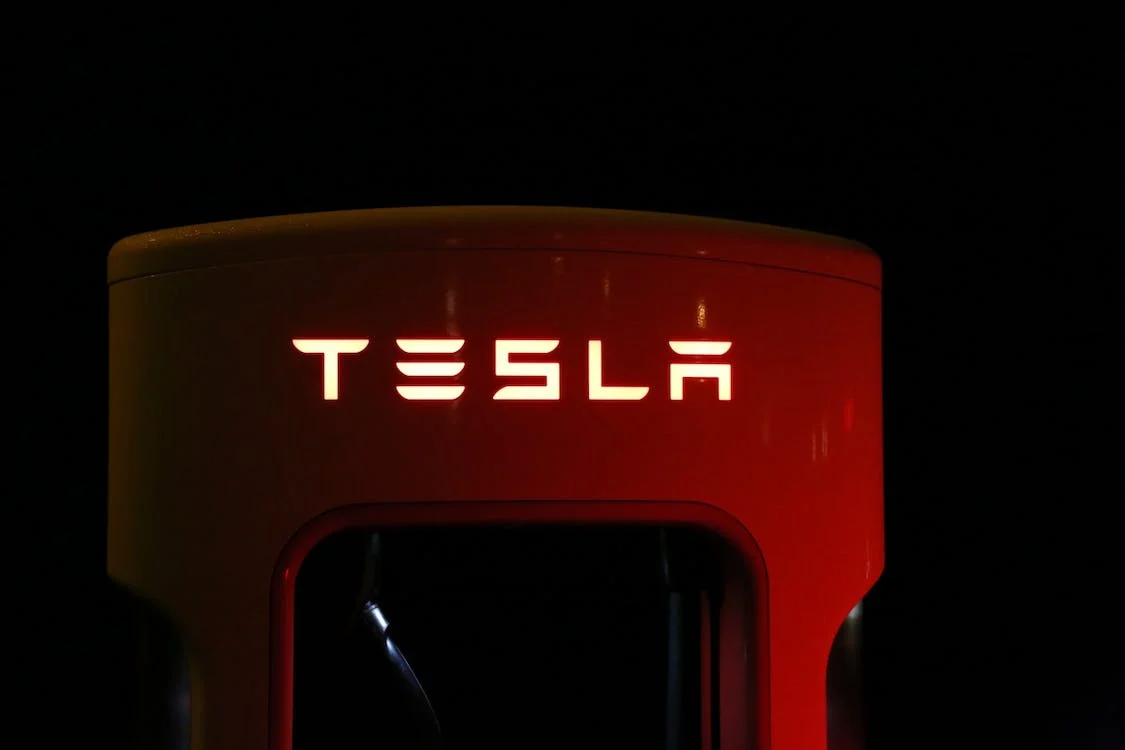
Image via Pexels
One of the disadvantages of owning a non-Tesla EV has been access to public chargers. As Consumer Reports research shows, the Tesla network of chargers has more convenient locations, is usually in better working order, and is easier to use than its competitor charging networks.
But beginning in 2024, Tesla will also open its network up to non-Tesla EVs. That means drivers who own some of the nation’s most popular EVs can take full advantage of Tesla’s Supercharger network, thanks to a new adapter, the Magic Dock.
That’s the kind of “magic” that could elevate Tesla into the dominant position in the EV charging industry. Other EV charging infrastructure providers must increase their availability and dependability and add more convenient locations to compete with Tesla’s network.
5. Prices of New EVs Will Continue to Decline
EV technology is still relatively new compared to combustion engine models. As new charging and technologies come online, the manufacturing process will become more efficient – and therefore less costly – as an Energy5 Your Way post points out.
While the cost of a new EV will continue to decline throughout 2024, 2025 will likely mark the year in which the total cost of an EV will shrink to below that of a combustion engine car, the article predicts.
We agree. With new developments in charging technology that can reduce battery size, EV prices and operating costs should continue to decline throughout the decade.
6. The EV Charging Sharing Economy Will Continue to Grow
The EV charging sharing economy will continue to grow as EV charging station owners begin to monetize their investment by sharing their private chargers with the public. Think of it as an Airbnb for electric vehicles. Expanding the sharing economy among private charging stations could prove a win-win scenario for both charging station owners and EV drivers.
And if this trend catches on, it can help to accommodate the rising numbers of EVs with adequate charging facilities. It’s no wonder the numbers are growing.
According to an IBM case study in Sweden, it’s essential to have one charging station per every ten vehicles to provide adequate charging services to a nation’s EV owners.
As the IBM study notes, if every private EV charging station would share its charger with the public, our own nation, too, could solve its infrastructure challenge. We predict that more private station owners will take advantage of this opportunity as EV adoption rates rise over the coming year.
7. More EV Charging Stations in Rural America

With more options for longer-range EVs, rural Americans can now add electric vehicles to their “I want” lists during the coming year, even if they live in remote locations. And, with two pickup trucks with at least a 400-mile range, they’ll also be able to replace their gas-guzzling pickup with a more economical electric model.
This projected increase in EV adoption among those who prefer country living presents a lucrative opportunity for EV charging companies to meet rural customers’ needs and those along major highways and urban centers.
The US Department of Transportation has created a toolkit to assist companies undertaking such a venture. The toolkit includes planning advice, funding ideas, and other helpful resources that can help charging companies get their rural projects off the ground.
Federal and state EV purchase incentives should sweeten the pot for rural car buyers, increasing the pool of potential charging customers. With state and federal funding sources for EV charging infrastructure suppliers, companies that act during the coming year can establish themselves as their community’s most trusted source of EV charging services.
Get Off to a Great Start in 2024 at the EV Charging Summit & Expo
Learn even more about 2024 EV charging infrastructure trends and more at the next EV Charging Summit & Expo. You’ll hear from some of the top thought leaders in the EV charging space and discover more information about the latest EV charging technologies, funding opportunities, legislative developments, marketing ideas, and much more.
.jpeg)
And the cherry on top? The chance to meet other EV charging professionals in person, along with exhibitors who showcase products and services that can help take your charging business to the top of the ladder. Reserve your spot today!



